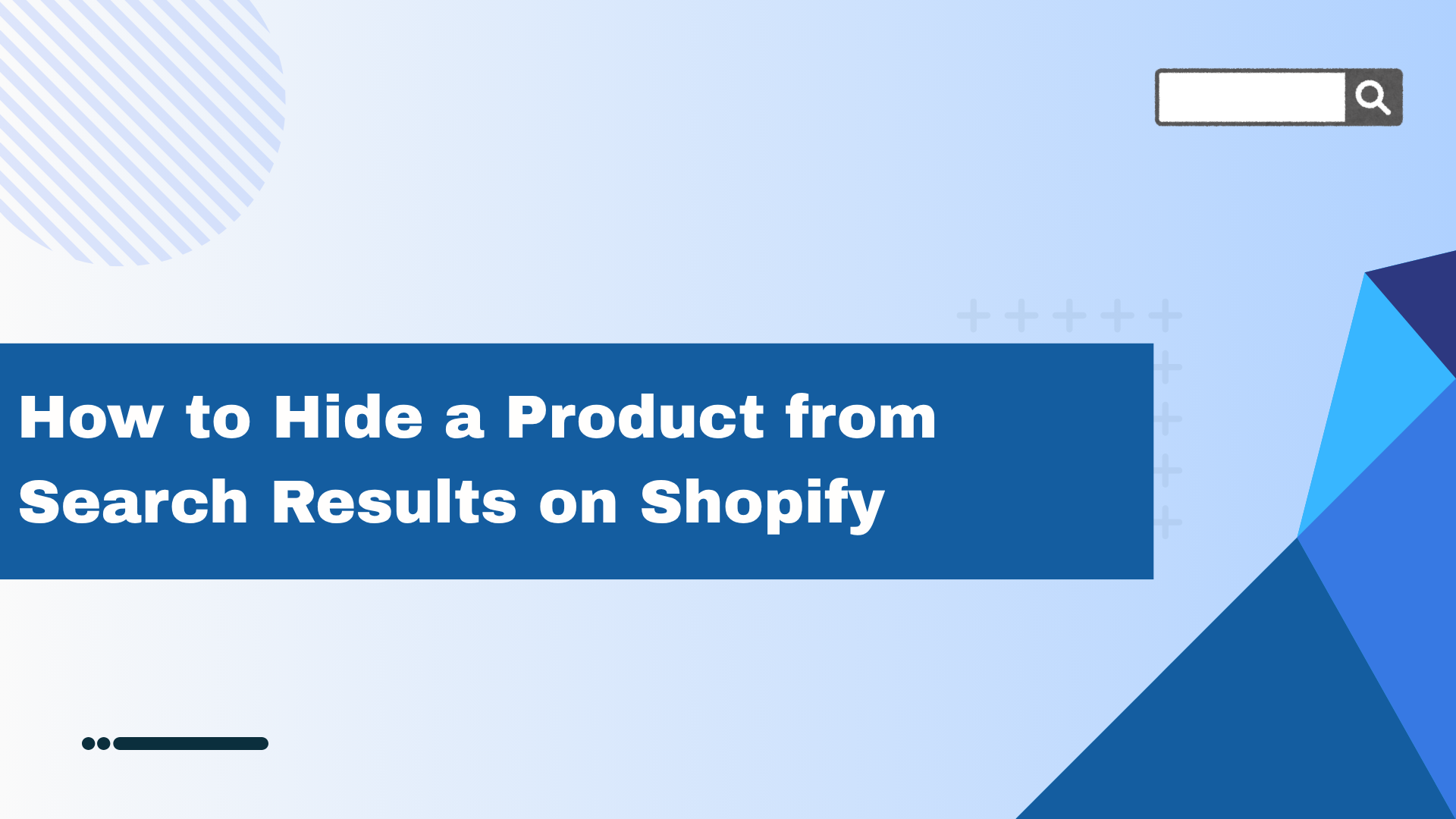CRO is mandatory for a Shopify store to Work. A high conversion rate is the result of a user performing an action that we intended in your store, it can be buying something, subscribing to a newsletter, or even completing a survey.
1. Understanding CRO in Shopify
CRO is an organized approach to increase the percentage of your website visitors who complete a specific action to enhance your Shopify store performance. This may consist of:
Purchases: If any Shopify shop is not converting well then it is worthless effort for that store.
Email Sign-ups – Building your email list for future marketing efforts
To cart rate: prompting shoppers to add goods to their shopping cart
Lower Cart Abandonment: More clients finishing their purchase.
2. Why Your Shopify Store Needs CRO
By increasing your conversion rate, you can get more value from your existing traffic without additional marketing costs.
you can make strategic changes to your Shopify store to increase conversions and maximize sales.
3. Key CRO Strategies for Shopify
a. Optimize Your Product Pages
Your product pages are where most purchasing decisions are made. To optimize these pages:
High-Quality Images: Use clear, high-resolution images that show the product from multiple angles. Consider adding Zoom functionality and videos to enhance the shopping experience.
Effective Product Descriptions: Write short, useful, and attractive descriptions that showcase the advantages and distinctive qualities of your items.
b. Boost Your Site’s Mobile Responsiveness and Speed
Poor mobile experiences and websites that load slowly can have a big influence on your conversion rate:
Optimize Images and Code: Compress images and minify CSS, JavaScript, and HTML files to reduce load times.
Use a Responsive Design: Ensure your Shopify store is mobile-friendly, as a large percentage of traffic comes from mobile devices.
c. Make Use of A/B Testing
There are also A/B testing tools in the Shopify App Store you might find helpful. Once you’ve selected an A/B testing tool or split-testing software, fill out the sign-up form and follow the instructions provided. The process varies from tool to tool.
d. Search engine optimization
online store is to optimize your content so that a search engine recognizes it as relevant to queries related to your products. This is what we mean by SEO. You can analyze your online store’s search engine optimization using apps in the Shopify App Store.
Shopify offers a range of SEO strengths, including editable meta-data, WebP image format support, redirect creation, and automatic sitemap generation.
4. The Use of Analytics for CRO
To determine areas for development and check the success of your CRO efforts, you must analyze the performance of your Shopify business.
Google Analytics: Use Google Analytics to track visitor behavior, identify high-traffic pages, and analyze conversion funnels.
Shopify Analytics: Leverage Shopify’s built-in analytics to gain insights into your store’s performance, including sales, conversion rates, and customer demographics.
5. Continuous Improvement and Iteration
CRO is not a one-time task but an ongoing process. Regularly review your analytics, conduct A/B tests, and stay updated with the latest trends and technologies to keep your Shopify store optimized for conversions.
Conversion Rate Formula
Conversion Rate (%)=(Total Number of Conversions / Total Number of Visitors )×100
Example Calculation
The totality of viewers: 6,000
Total Number of Conversions : 300
Divide the total number of conversions by the total number of viewers:
300 / 6000 =0.05
Multiply the result by 100 to get the conversion rate as a percentage:
0.05 × 100 = 5%
The conversion rate is 5%.
CRO is a strong tool for maximizing the potential of your Shopify store.

























